U xx= 6x 6 u y= 6xy 6y;Find the value of X, Y and Z calculator to solve the 3 unknown variables X, Y and Z in a set of 3 equations Each equation has containing the unknown variables X, Y and Z This 3 equations 3 unknown variables solver computes the output value of the variables X and Y with respect to the input values of X, Y and Z coefficients Simplify ((x^2 y^3 z^(2) )^(3) (x^(3) yz^3 )^(1/2))/(xyz^(3) )^(5/2) Latest Problem Solving in Fundamentals in Algebra More Questions in Fundamentals in Algebra Online Questions and Answers in Fundamentals in Algebra Series

Ex 2 5 Q No 12 Verify X3 Y3 Z3 3xyz 1 2 X Y Z X Y 2 Y Z 2 Z X 2 Youtube
Simplify (x^3-y^3)^3 (y^3-z^3)^3 (z^3-x^3)^3/(x-y)^3 (y-z)^3 (z-x)^3
Simplify (x^3-y^3)^3 (y^3-z^3)^3 (z^3-x^3)^3/(x-y)^3 (y-z)^3 (z-x)^3-Then a 3 b 3 c 3 3abc = 0 or a 3 b 3 c 3 = 3abc(xyz)^3 (x y z) (x y z) (x y z) We multiply using the FOIL Method x * x = x^2 x * y = xy x * z = xz y * x = xy




Class 9 Polynomial 2 Coordinate Geometry Linear Equation In Two Variables Euclid S Geometry Lines And Angles Notes
Calculus Simplify x^3y^3 x−3 − y−3 x 3 y 3 Rewrite the expression using the negative exponent rule b−n = 1 bn b n = 1 b n 1 x3 − y−3 1 x 3 y 3How do you find the volume of a prism if the width is x, height is #2x1# and the length if #3x4#?Simplify algebraic expressions stepbystep \square!
Expand (xy)^3 (x y)3 ( x y) 3 Use the Binomial Theorem x3 3x2y3xy2 y3 x 3 3 x 2 y 3 x y 2 y 3For maximum, x,y and z should be equal to each other (ie x=y=z) so x=y=z=1/3 since xyz=1 (1/3)*(1/3)^3 (1/3)*(1/3)^3 (1/3)*(1/3)^3 = (1/9)^3 (1/9)^3 (1/9)^3 = 3/729 = 1/243 If x,y,z\geq 0 and xyz = 10 , Then Max value of xyzxyyz zx,5 Solution Take the ztransforms of the difference equation and of the input This yields Y(z) −2z−1Y(z) = z−1X(z)−z−2X(z);
Solve your math problems using our free math solver with stepbystep solutions Our math solver supports basic math, prealgebra, algebra, trigonometry, calculus and moreU yy= 6x 6 It's clear that r2u= u xx u yy= 0, so uis harmonic If vis a conjugate harmonic function to u, then uivis analytic and the CauchyRiemannSimplify xyz xyz' x'yz' x'y'z Step 1 Draw the Karnaugh that represents the expression by carefully a mark in each appropriate square Cover the marked boxes as best you can with ovals, using as few rectangles as possible Allowed coverings for this expanded setup is




Class 9 Polynomial 2 Coordinate Geometry Linear Equation In Two Variables Euclid S Geometry Lines And Angles Notes



2
Subtract x^ {3} from both sides Subtract x 3 from both sides Combine x^ {3} and x^ {3} to get 0 Combine x 3 and − x 3 to get 0 Reorder the terms Reorder the terms This is true for any x This is true for any x Use the distributive property to multiply xy by x^ {2}xyyX(z) = z z −3 (18) Inserting the second equation into the first givesPolynomial Identities When we have a sum (difference) of two or three numbers to power of 2 or 3 and we need to remove the brackets we use polynomial identities (short multiplication formulas) (x y) 2 = x 2 2xy y 2 (x y) 2 = x 2 2xy y 2 Example 1 If x = 10, y = 5a (10 5a) 2 = 10 2 2·10·5a (5a) 2 = 100 100a 25a 2
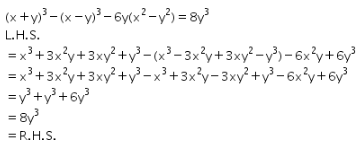



Prove That X Y 3 X Y 3 6y X2 Y2 8y3 Cbse Class 9 Maths Learn Cbse Forum




Solved If X 2y 3z 0 And X 3 4y 3 9z 3 18xyz Evaluate X 2y 2 Xy 2y 3z 2 Yz 3z X 2 Zx
The volume is the integral of the function 1 over the ellipsoid You can evaluate it by changing variables to X = x 2y, Y = x− 2y z, Z = 3 z In the new coordinates, one now has Resolution of the singularities of the curve X^2Y^2 Y^2Z^2 X^2Z^2=0 Resolution of the singularities of the curve X 2Y 2 Y 2Z 2 X 2Z 2 = 0Answer by lenny460 (1073) ( Show Source ) You can put this solution on YOUR website!Since is too small and is too big, one of the numbers (call it y) must be 4 And that leaves , so x=3 In other words, (3,4,5) is the only solution using positive integers, up to permutation If you relax that to allow zero, then (0,0,6) is a solution




Without Finding The Cubes Factorise X Y Y Z Z X Brainly In
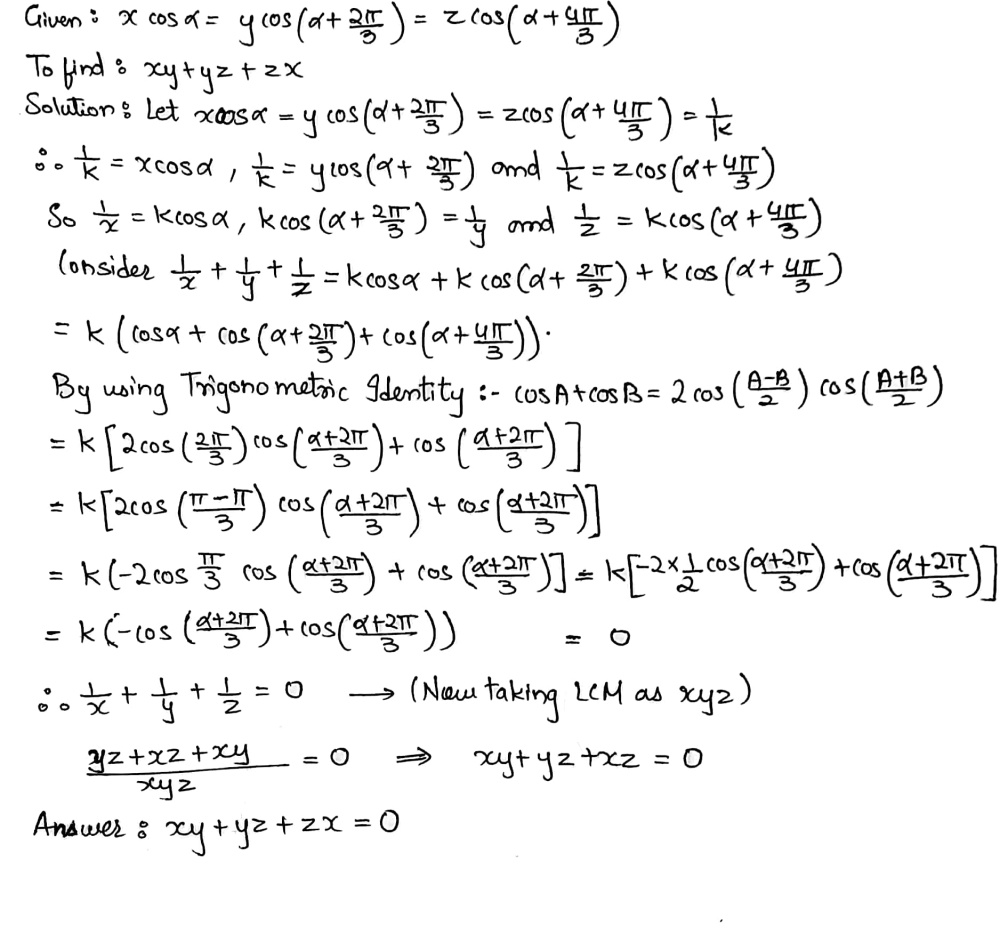



If Scos Alpha Ycos Text 61 Alpha Frac 2pi 3 Zcos Left Alpha Frac 4pi 3right Then Find The Value Of Xy Yz Zx Snapsolve
Explanation (x −y)3 = (x − y)(x −y)(x −y) Expand the first two brackets (x −y)(x − y) = x2 −xy −xy y2 ⇒ x2 y2 − 2xy Multiply the result by the last two brackets (x2 y2 −2xy)(x − y) = x3 − x2y xy2 − y3 −2x2y 2xy2 ⇒ x3 −y3 − 3x2y 3xy2 Always expand each term in the bracket by all the other You can simplify (x y)^3 to either (x y) (x y) (x y) or (x y)^2 (x y) But using those two will result in same answer which will be in this format > 1, 3, 3, 1 Hence rArr (x y)^3 = (x y) (x y) (x y) (x y) (x y) (x y) (x y) (x y) (x y) (x y) x^2 xy xy y^2 This lead to the point using difference of two cubes as (x y) x^2 2xy y^2 x x^2 2xy y^2 y x^2 2xy y^2 x^3 2x^2y xy^2 x^2y 2xy^2 y^3 Collect like terms color(red)(xSolvevariablecom contains valuable facts on solve for y calculator, solving exponential and quadratic function and other algebra subjects In cases where you have to have advice on mixed numbers or even grade math, Solvevariablecom is simply the ideal site to explore!



Multiply X2 4y2 Z2 2xy Xz 2yz By Z X 2y Studyrankersonline
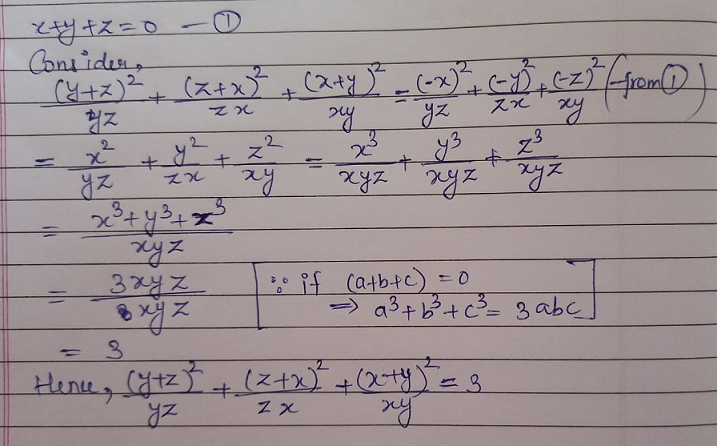



How To Solve If X Y Z 0 Find The Value Of Y Z 2 Yz Z X 2 Zx X Y 2 Xy Mathematics Topperlearning Com 7bcu50oo
Answer to Simplify x^3 y^4/3y^4 A x/y^8 B 3/x^5 y^3 c 3x^4/4y^4 D x^34/3 Find solutions for your homework or get textbooks Search How do you simplify #(4xy)(2x^4 yz^3 y^4 z^9)#?Simplify Enter expression, eg x^25x6 Sample Problem Factor Enter expression, eg (x1)^3 Sample Problem Expand Enter a set of expressions, eg ab^2,a^2b Ask the user to enter the values of a, b and c and then print out the values of x) Note You can calculate the values by using the quadratic formula and using methods of



Find Div Vector F And Curl Vector F Where Vector F Grad X 3 Y 3 Z 3 3xyz Sarthaks Econnect Largest Online Education Community




Verify That X3 Y3 Z3 3xyz X Y Z 2 X Y Y Z X Z Brainly In
Solution Steps Expand \left (3xy^ {2}z\right)^ {4} Expand (−3xy2z)4 To raise a power to another power, multiply the exponents Multiply 2 and 4 to get 8 To raise a power to another power, multiply the exponents Multiply 2 and 4 to get 8 Calculate 3 to the power of 4 and get 81Move y−6 y 6 to the numerator using the negative exponent rule 1 b−n = bn 1 b n = b n Apply the product rule to x3y6 x 3 y 6 Multiply the exponents in (x3)1 3 ( x 3) 1 3 Tap for more steps Apply the power rule and multiply exponents, ( a m) n = a m n ( a m) n = a m n Cancel the common factor of 3 3Algebra Factor x^3y^3 x3 − y3 x 3 y 3 Since both terms are perfect cubes, factor using the difference of cubes formula, a3 −b3 = (a−b)(a2 abb2) a 3 b 3 = ( a b) ( a 2 a b b 2) where a = x a = x and b = y b = y (x−y)(x2 xyy2) ( x y) ( x 2 x y y 2)




Verify That X 3 Y 3 Z 3 3x Y Z 1 2 X Y Z X Y 2 Y Z 2 Z X 2 Youtube




Left Frac X 2 Y 2 Rangle 3 Left Y 2 Z 2 Rig Scholr
(Remember to use the chain rule on D ( y 2/3) ) (2/3)x1/3 (2/3)y1/3 y' = 0 , so that (Now solve for y' ) (2/3)y1/3 y' = (2/3)x1/3, , and , Since lines tangent to the graph will have slope $ 1 $ , set y' = 1 , getting , y 1/3 = x 1/3, y 1/3 = x 1/3, ( y 1/3) 3 = ( x 1/3) 3, or y = x Substitue this into the ORIGINAL equation x 2/3X∞ =3 (1/2)nz−n= X∞ z−1 2 n Letl= n−3 Then X 1(z) = X∞ l=0 z−1 2 l3 = (z−1/2)3 1−(z− 1/2) = 1 8z2(z− 2) TheROCisz>1/2 An alternative approach is to think of x 1n as 1 8 times a version of 1 2 nun that is delayed by 3 The Z transform of 1 2 nun is z z−1 2 Delaying it by 3 multiplies the transformbyz−341 Multiply (zx)3 by (zx) The rule says To multiply exponential expressions which have the same base, add up their exponents In our case, the common base is (zx) and the exponents are 3 and 1 , as (zx) is the same number as (zx)1 The product is therefore, (zx)(31) = (zx)4




If X Y Z 6 And Xy Yz Zx 11 And Xyz 6 Is Given Find The Value Of X 3 Y 3 Z 3
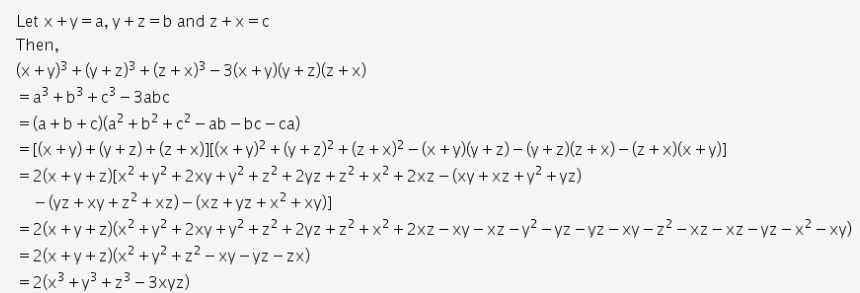



X Y 3 Y Z 3 Z X 3 3 X Y Y Z Z X 2 X3 Y3 Z3 3xyz Cbse Class 9 Maths Learn Cbse Forum
Problem 32 Let A,W, and t 0 be real numbers such that A,W > 0, and suppose that g(t) is given by g(t) A t 0 t 0 − W 2 t 0 W 2 Show the Fourier transform of g(t) is equal to AW 2 sinc2(Wω/4) e−jωt0 W using the results of Problem31 and the propertiesof the Fourier transformSolved by pluggable solver SIMPLIFY any expression (no substitution) Your ResultClick here to see ALL problems on Linear Algebra Question Simplify ( (3/x) (4/y))/ ( (4/x) (3/y)) Found 2 solutions by radh, MathTherapy Answer by radh (108) ( Show Source ) You can put this solution on YOUR website!




Evaluate Please X2 Y2 3 Y2 Z2 3 Z2 X2 3 Divided By Xy 3 Yz 3 Zx 3 Thanks In Advance Maths Polynomials Meritnation Com




If X Y Z 0 Then Find X Y 3 Y Z 3 Z X 3
Simplify (x y) 3 (x y) 3 Simplifying Mathematical Expressions There are a number of different types of mathematical expressions in the study of mathematicsOne Time Payment $1999 USD for 3 months Weekly Subscription $249 USD per week until cancelled Monthly Subscription $799 USD per month until cancelled Annual Subscription $3499 USD per year until cancelled Simplify 1 5√6 √24 A 3√6 2 Evaluate 3y 5xy x for x = 4 and y = 2 A 42 3 Simplify 3x (5y 4) 2xy 10x 6x^2 A 3xy 2x 6x^2 4 Evaluate 5^3 A 1/125 5 Simplify ( (2x^4y^7)/ (x^5))^3 Assume all variables




Simplify X 2 Y 2 3 Y 2 Z 2 3 Z 2 X 2 3 X Y 3 Y Z 3 Z X 3 Please Please Please Brainly In




Ec 381 Introduction To Digital Systems Lecture 2
Answer 3ab ⋅ 4√b 3 a b ⋅ 4 √ b Example 8 Simplify 5√− 32x3y6z5 5 √ − 32 x 3 y 6 z 5 Solution Notice that the variable factor x cannot be written as a power of 5 and thus will be left inside the radical In addition, for y6 = y5 ⋅ y y 6 = y 5 ⋅ y ;No integers x;y;z with xyz6= 0 satisfy x3 y3 z3 = 0 Proof We may assume that x, y, and zare pairwise coprime If xyzis not divisible by 3, then the equation has no solution even in Z=(9), where every nonzero cube is 1 Suppose then, without loss of generality, that 3jz We will work in the UFD R= Z with = ( 1i p 3)=2, a root of the secutive odd numbers is (iv) The successor of the number 99,99,999 is (v) The largest number formed by the digits 7, 3, 0, 6, 4 and 9 rounded off to the nearest thou is Multiple Choice Questions (MCQs) Tick ( ) the correct option 2



The Value Of X Y 3 Y Z 3 Z X 3 X 2 Y 2 3 Y 2 Z 2 3 Z 2 X 2 3 Is Sarthaks Econnect Largest Online Education Community




D F X Y Z X Y Z X Y Z X Y Z Y Yz X X Z Ppt Download
How do you simplify #(2^3 *3^2) / (2^4 * 3^2)^2#? (17x^9)/(yz^2) (8x^3*y^2*z^2)*(3x^2)/(y^3z^4) multiply fractions ((8x^3*y^2*z^2)3x^2)/(y^3*z^4) expand (11x^5*3x^2*y^2*3x^2*z^2)/(y^3*z^4) collect liketerms (17x^9*y^2*z^2)/(y^3*z^4) divide (17x^9)/(y*z^2)Simplify (xy)^3 (x − y)3 ( x y) 3 Use the Binomial Theorem x3 3x2(−y) 3x(−y)2 (−y)3 x 3 3 x 2 ( y) 3 x ( y) 2 ( y) 3 Simplify each term Tap for more steps Rewrite using the commutative property of multiplication x 3 3 ⋅ − 1 ( x 2 y) 3 x ( − y) 2 ( − y) 3 x 3 3 ⋅ 1 ( x 2 y) 3 x ( y) 2




Solving A Quadratic Equation By Factoring A Plus Topper



Simplify X3 Y3 3 Y3 Z3 3 Z3 X3 3 Divided By X Y 3 Y Z 3 Z X 3 Brainly In
1804 Practice problems exam 2, Spring 18 Solutions Problem 1 Harmonic functions (a) Show u(x;y) = x3 3xy2 3x2 3y2 is harmonic and nd a harmonic conjugate It's easy to compute u x= 3x2 3y2 6x;Algebra > Coordinate Systems and Linear Equations > SOLUTION simplify the following expression 3x^3 y^4 z^2 6x^1 y^3 z^3 I don't get how to do it, I've tried everything, Please help Log On How do you simplify #(x^5y^8)/(x^4y^2)#?




Express X 3 Y 3 Z 3 3x Y Z X 2 Y 2 Z 2 X Y Y Z Zx In Lowest Terms




Ec 381 Introduction To Digital Systems Lecture 2
How do you multiply #(3m1)(m4)(m5)#? lim x→a−f (x) lim x → a − f ( x) is a left hand limit and requires us to only look at values of x x that are less than a a In other words, we will have lim x→af (x) =L lim x → a f ( x) = L provided f (x) f ( x) approaches L L as we move in towards x =a x = a (without letting x = a x = a) from both sides using identity a 3 b 3 c 3 3abc = (a b c)(a 2 b 2 c 2 – ab – bc – ca) if a b c = 0;




Let X Y Z Be Real Numbers Satisfying X Y Z 3 X 2 Y 2 Z 2 5 And X 3 Y 3 Z 3 7 Then The Value Of X 4 Y 4 Z 4 Is




If 2 X 3 Y 12 Z Then Prove That Xy Z X 2y Mathematics Topperlearning Com 8v1liiww
Your answer would be x^4yz/3 If you bring x^1 to the numerator that would be 3x^3 (x^1)y^4z^2/6y^3z^3 so simplified it would be 3x^4y^4z^2/6y^3z^3 Now simplify the z's bring z^3 to the numerator And get 3 x^4 y^4 z^2 (z^3) /6y^3 Simplified is 3x^4 y^4 z/ 6y^3(1) "z2" was replaced by "z^2" 2 more similar replacement(s) Step 1 Equation at the end of step 1 (((((2•(x 2))3y)2 2 z 2)3x)5y)z 2 Step 2 Equation at the end of step 2 ((((2x 2 3y) 2 2 z 2) 3x) 5y) z 2 Step 3 Final result 2x 2 3x 2y 3z 2Get stepbystep solutions from expert tutors as fast as 1530 minutes




R D Sharma Solutions Class 7 Math Chapter 7 Algebraic Expressions Exercise 7 2




Verify That X 3 Y 3 Z 3 3xyz 1 2 X Y Z X Y 2 Y Z 2 Z X 2 Youtube
We can use the exponent or product rule for powers (2 and 3) that have the same base (3) in order to multiply similar bases that have their respective powers, add the exponents, which in this case are 2 and 3, viz 3^2 x 3^3 = 3^ (23) = 3^5 3^5 = 3 × 3 × 3 × 3 × 3 = 243 grendeldekt and 4 more users found this answer helpfulSee all questions in Exponential Properties Involving Quotients




A If X 3 Y 3 Z 3 3 X Y Z And X Y Z 0 Find Frac X Y 2 X Y Frac Y Z 2 Y Z Frac Z X 2 Z X




If X Y Y Z Then Simplify Xyz X Y Z 3 Xy Yz Zx 3 Youtube




If X Y Z 8 And Xy Yz Zx Find The Value Of X3 Y3 Z3 3xyz Brainly In



1




Systems Of Linear Equations In Three Variables Pdf Free Download



If 1 X 1 Y 1 Z 0 And X Y Z 9 Then What Is The Value Of X 3 Y 3 Z 3 3xyz Quora




Prove That X Y Y Z Z X 3 X Y Y Z Z Y 2 X Y Z 3xyz Brainly In




New Question Verify That X3 Y3 Z3 3xyx 1 2 X Y Z X Y 2 Y Z 2 Z X 2 Tex Textless H2 Brainly In




2 Find The Simple Interest On 6000 At 7 5 3 Simplify Div 7 24 Div 8 2 Times 3




Ex 4 2 9 Show That X X2 Yz Y Y2 Zx Z Z2 Xy X Y Y Z



Cbse 9 Math Cbse Polynomials Ncert Solutions




Prove That X3 Y3 Z3 3xyz X Y Z X2 Y2 Z2 Xy Yz Zx Brainly In




Exact Equations Example 3 Video Khan Academy




Simplify X Y Z 2 X Y 2 Z 3 2 X 2 Y 3 Z 4 2




Some Strong Sufficient Conditions For Cyclic Homogeneous Polynomial Inequalities Of Degree Four In Nonnegative Variables Pdf Free Download



X 3 Y 3 Z 3 3xyz



If X 2 Y 2 Z 2 2 X Y Z 3 What Is The Value Of 2x 3y 4z Quora



Discuss The Nature Of Solutions Of The Following System Of Equations I X 2y Z 6 3x 2y 5z 12 X 2z 3 Sarthaks Econnect Largest Online Education Community
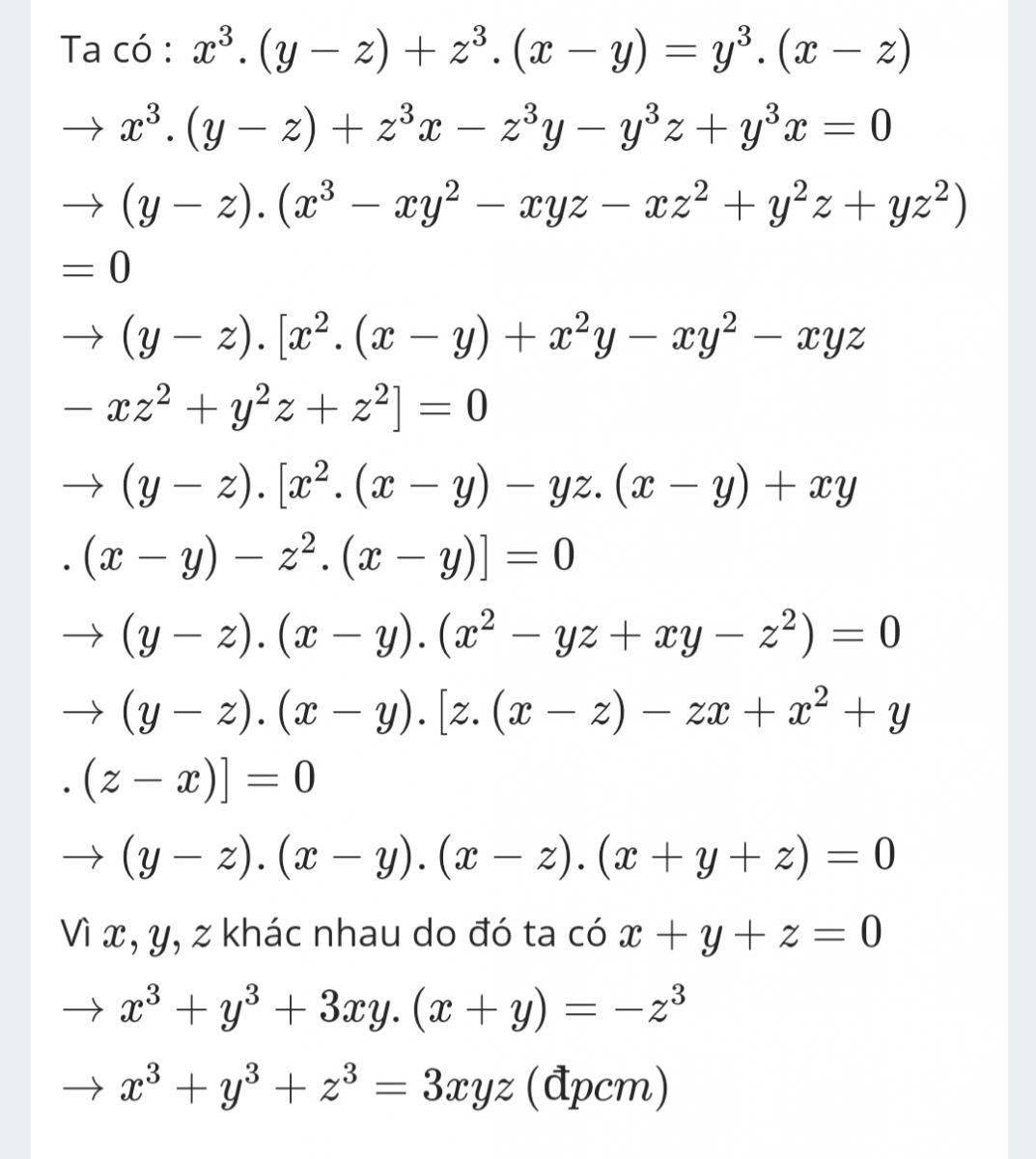



印刷可能 X 3 Y 3 X 3 Y 3 Identity




X Y Z 3 Y Z X 3 Z X Y 3 X Y Z 3 24xyz Mathematics Stack Exchange




Pdf On The Cyclic Homogeneous Polynomial Inequalities Of Degree Four Of Three Nonnegative Real Variables




X Y 3 Y Z 3 Z X 3 3 X Y Y Z Z X 2 X3 Y3 Z3 3xyz Mathematics Topperlearning Com T86qex55




Y Zx Online
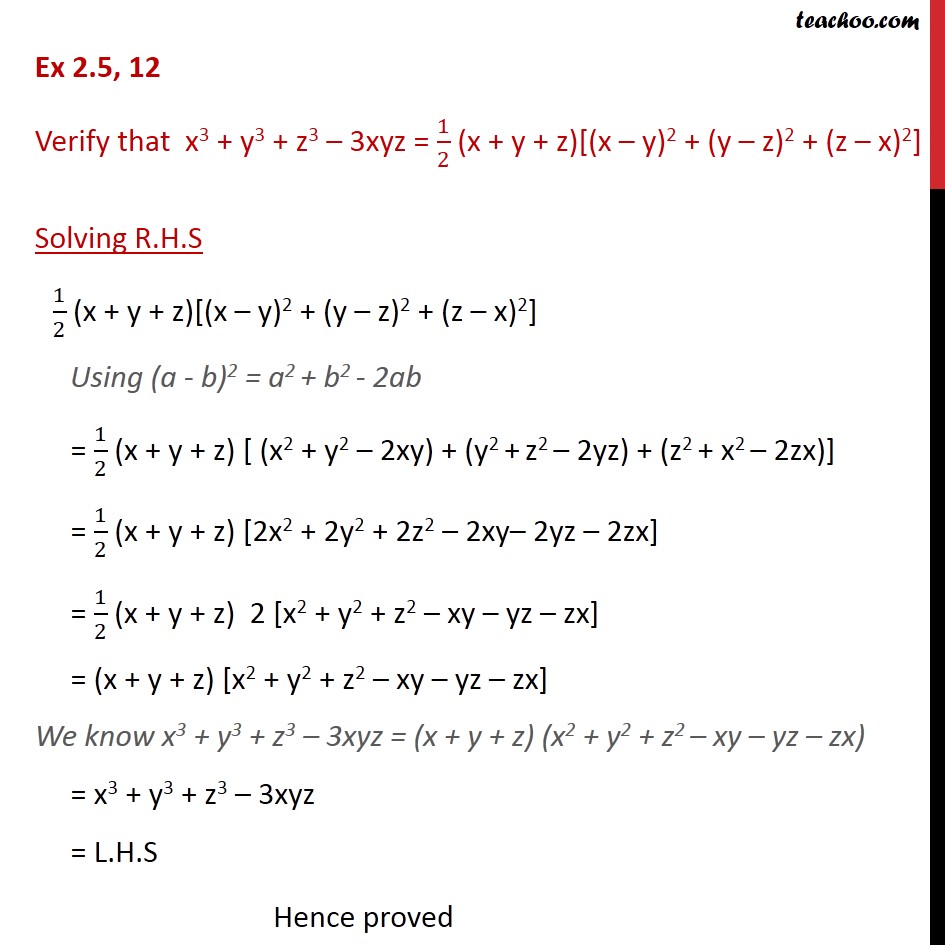



Ex 2 5 12 Verify That X3 Y3 Z3 3xyz 1 2 Ex 2 5




Ex 2 5 11 Factorise 27 X3 Y3 Z3 9xyz Class 9 Ex 2 5



2




Prove X Y 3 Y Z 3 Z X 3 3 X Y Y Z Z X Brainly In




Y Zx
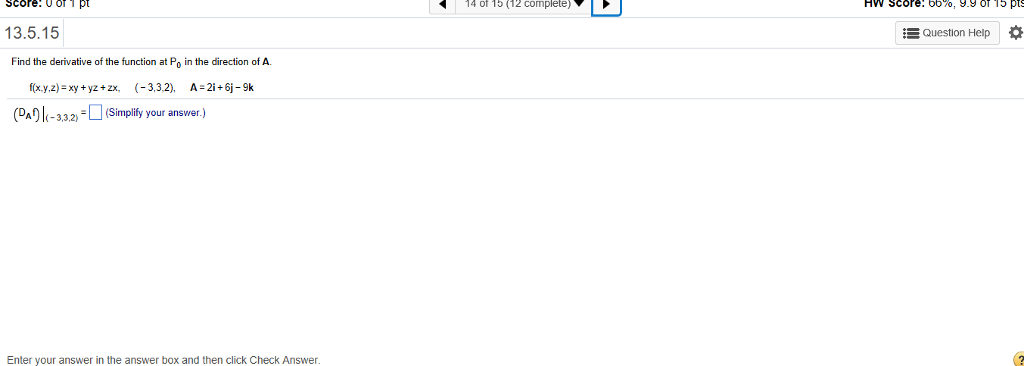



Find The Derivative Of The Function At P 0 In The Chegg Com




Left Begin Array L 1 1 1 X 2 Y 2 Z 2 X 3 Y 3 Z 3 End Array Right X Y Y Z Z X X Y Y Z Z X




Simplify X Y 3 Y Z 3 Z X 3 Maths Polynomials Meritnation Com




How To Factorise Using The Identity X3 Y3 Z3 3xyz X Y Z X2 Y2 Z2 Xy Yz Zx Youtube



Find 2x Y 3z 4x2 Y2 9z2 2xy 3yz 6xz Studyrankersonline




Dld Assignment2 Solution 3rd Edition Mathematical Logic Theory Of Computation




सत य प त क ज ए X 3 Y 3 Z 3 3xyz 1 2 X Y Z X Y 2 Y Z 2 Z X 2
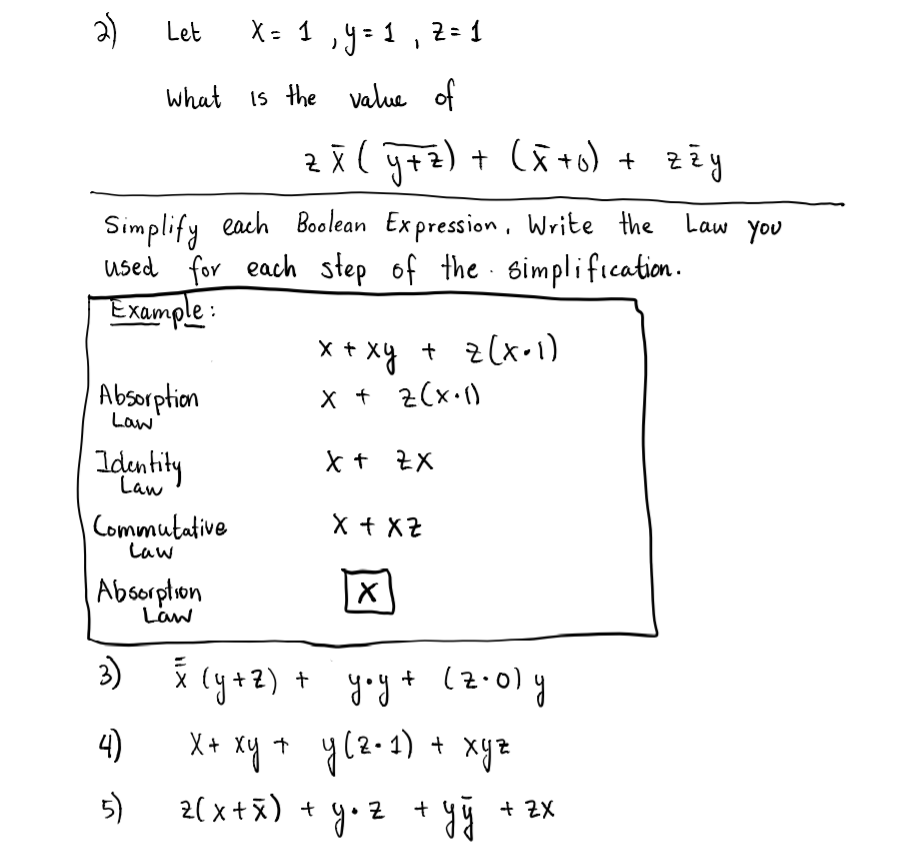



Solved Let 2 X 1 Y 1 Z 1 What Is The Value Of Za Chegg Com




Rd Sharma Solutions For Class 7 Maths Chapter 7 Algebraic Expressions Exercise 7 2 Free Pdfs Are Available Here




Ex 3 2 12 Given 3 X Y Z W X 6 1 2w 4 X Y Z W 3




Solved Find The Derivative Of The Function At Po In The Chegg Com




X 3 Y Z 3 Y 3 Z X 3 Z 3 X Y 3 Youtube




If X Y Z 6 And Xy Yz Zx 11 And Xyz 6 Is Given Find The Value Of X 3 Y 3 Z 3 Youtube
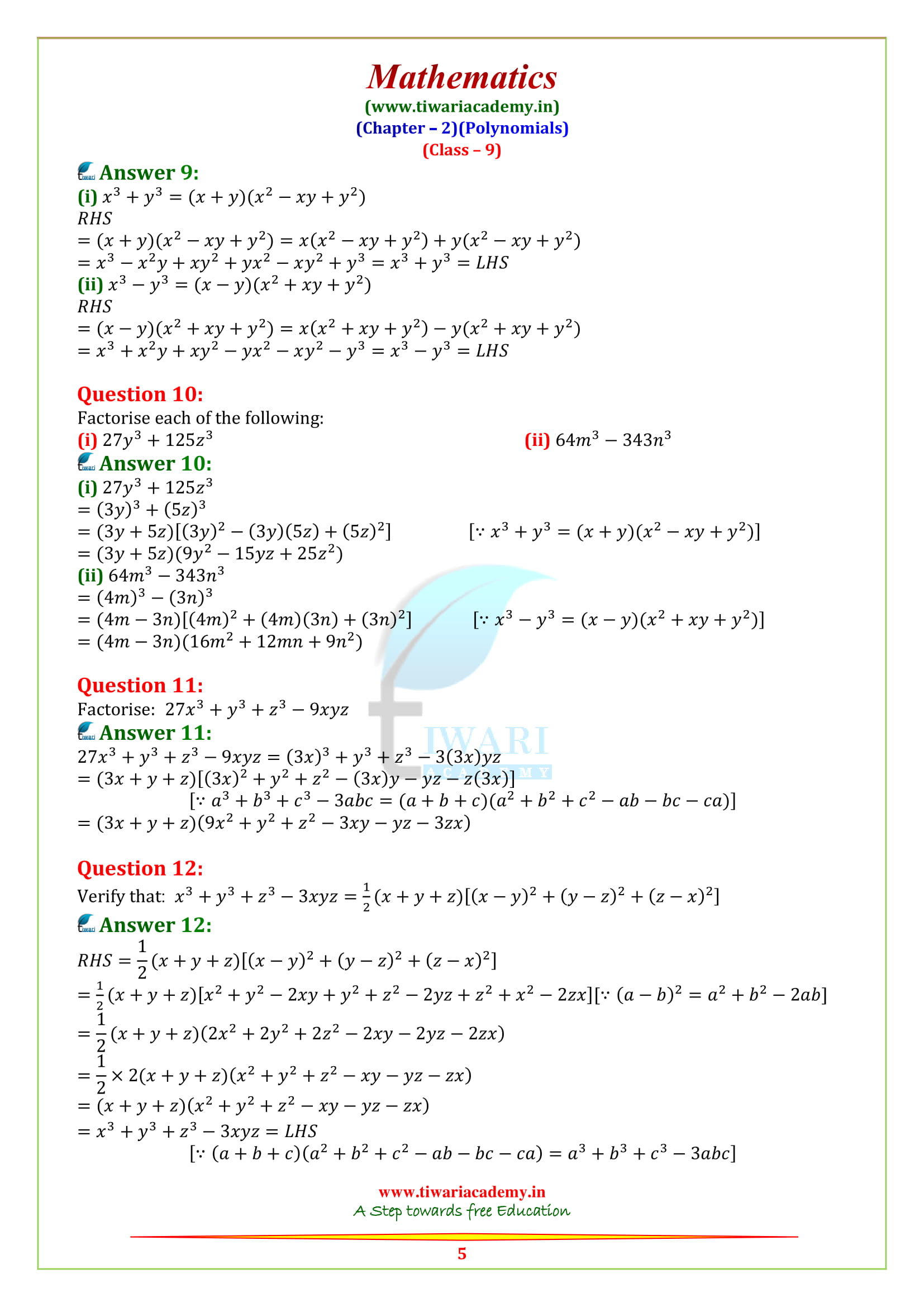



Ncert Solutions For Class 9 Maths Chapter 2 Polynomials In Pdf




Ex 4 2 9 Show That X X2 Yz Y Y2 Zx Z Z2 Xy X Y Y Z




Verify That X 3 Y 3 Z 3 3xyz 1 2 X Y Z X Y 2 Y Z 2 Z X 2 Can Any One Solve This Question Edurev Class 9 Question




If X Y Z 1 X Y Y Z Z X 1 And X Y Z 1 Find The Value Of X 3 Y 3 Z 3dot Youtube



1




Algebra Cp Evaluate Each Expression If X 2 Y 3 Z 4 1 Ppt Download




If X Y Za N D X X 2 1 X 3 Y Y 2 1 Y 3 Z Z 2 1 Z 3




Ex 4 2 9 Show That X X2 Yz Y Y2 Zx Z Z2 Xy X Y Y Z




Ml Aggarwal Solutions For Class 8 Chapter 10 Algebraic Expressions And Identities Download Free Pdf




Y Zx




Ex 2 5 Q No 12 Verify X3 Y3 Z3 3xyz 1 2 X Y Z X Y 2 Y Z 2 Z X 2 Youtube




The Value Of X Y 3 Y Z 3 Z X 3 9 X Y Y Z Z X Is Equal To A 0 B 1 9 C 1 3 D 1



X 4 Y 4



2



Show That The Functions U X Y Z V Xy Yz Zx And W X 3 Y 3 Z 3 3xyz Are Independent And Find The Relation Between Them Mathematics
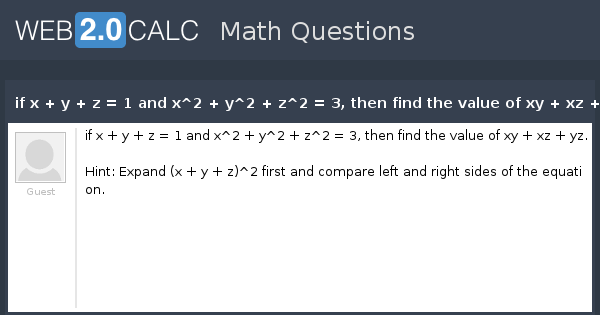



View Question If X Y Z 1 And X 2 Y 2 Z 2 3 Then Find The Value Of Xy Xz Yz




How To Factorise Using The Identity X3 Y3 Z3 3xyz X Y Z X2 Y2 Z2 Xy Yz Zx By Appuseriesacademy
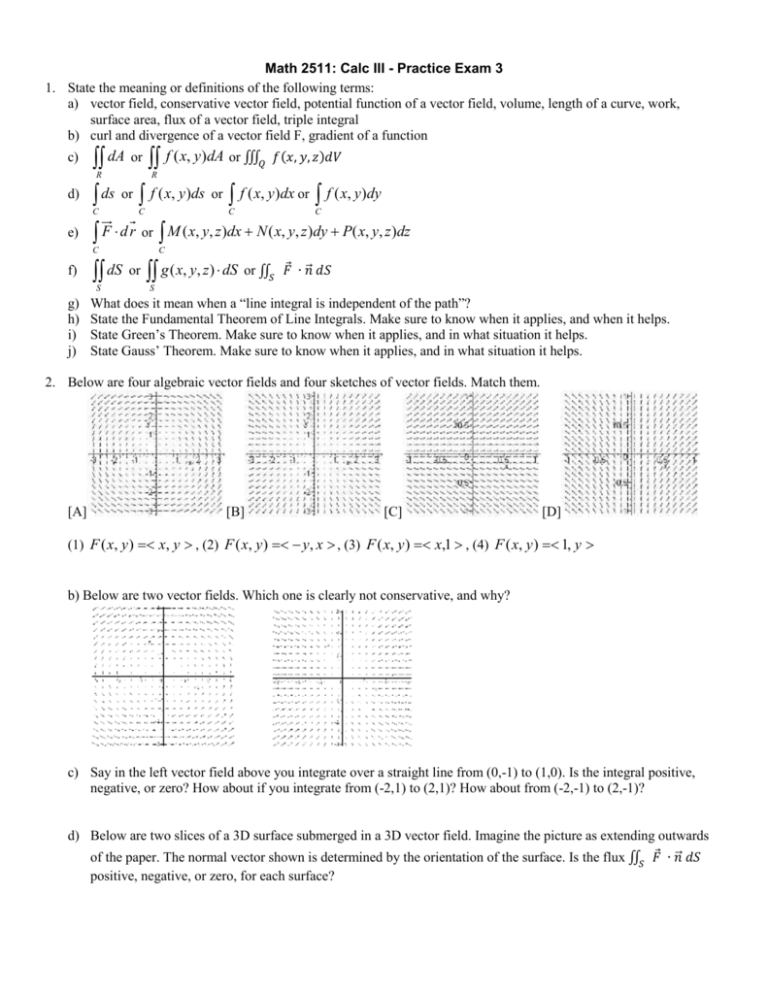



Exam 3 Practice




X 3 Y 3 3 Y 3 Z 3 3 Z 3 X 3 3 X Y 3 Y Z 3 Z X 3 Youtube




Mathematics Class 9th Chapter 4 Solution
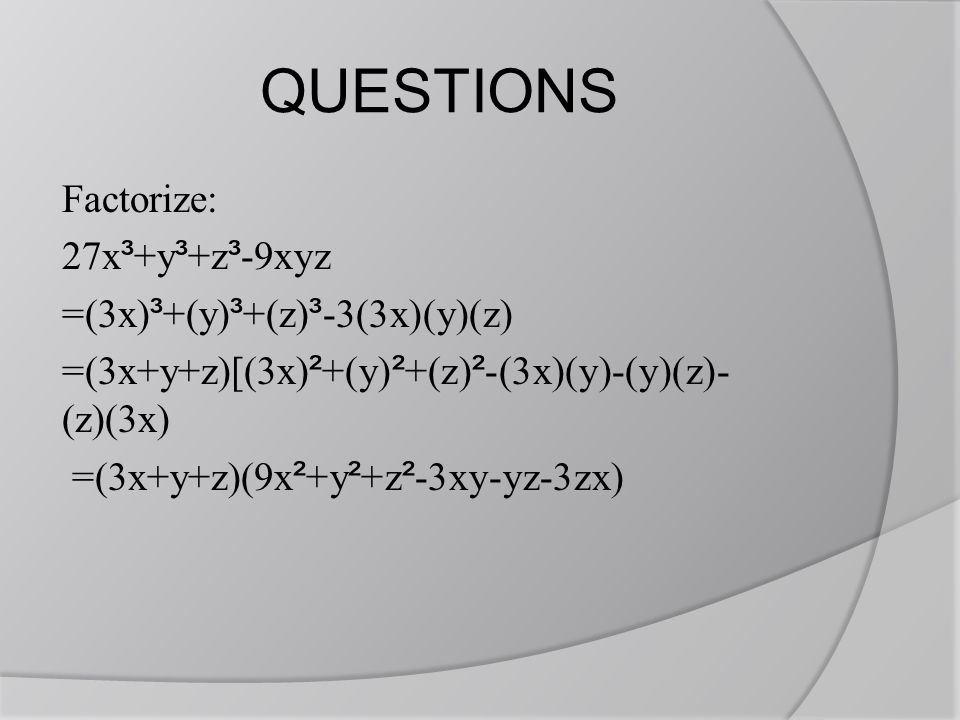



Polynomials Ppt Video Online Download
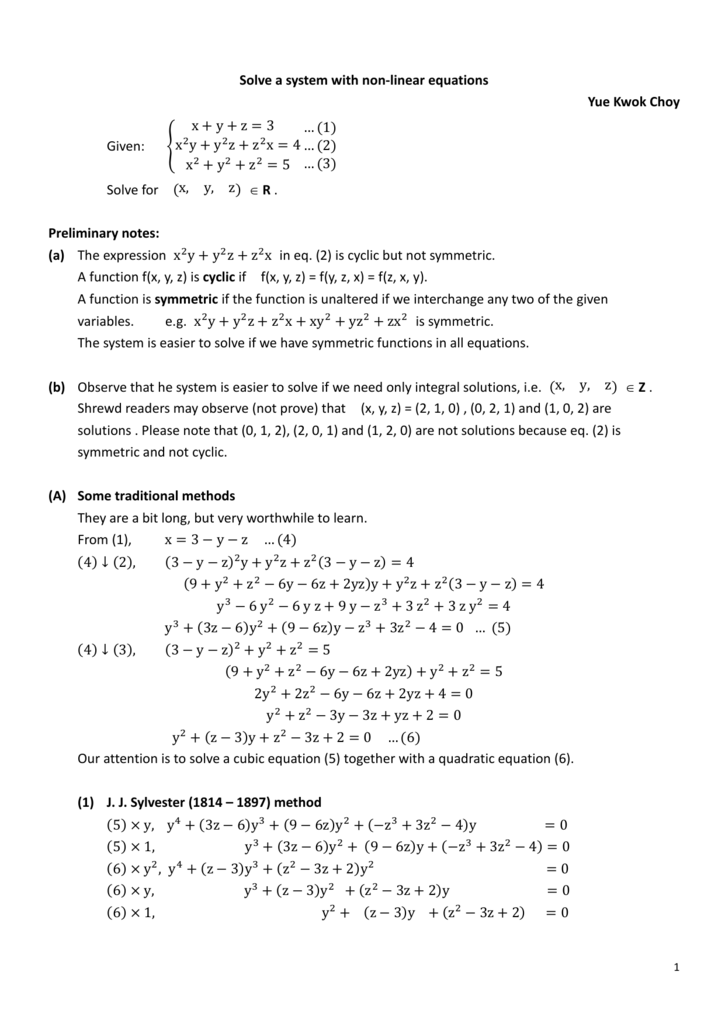



Solve A System Of Non Linear Equation Docx




X2 Y2 3 Y2 Z2 3 Z2 X2 3 2 23 2 23 53 3 X Y Scholr




Verify That X 3 Y 3 Z 3 3x Y Z 1




70以上 Y2x2 Z2 ニスヌーピー 壁紙
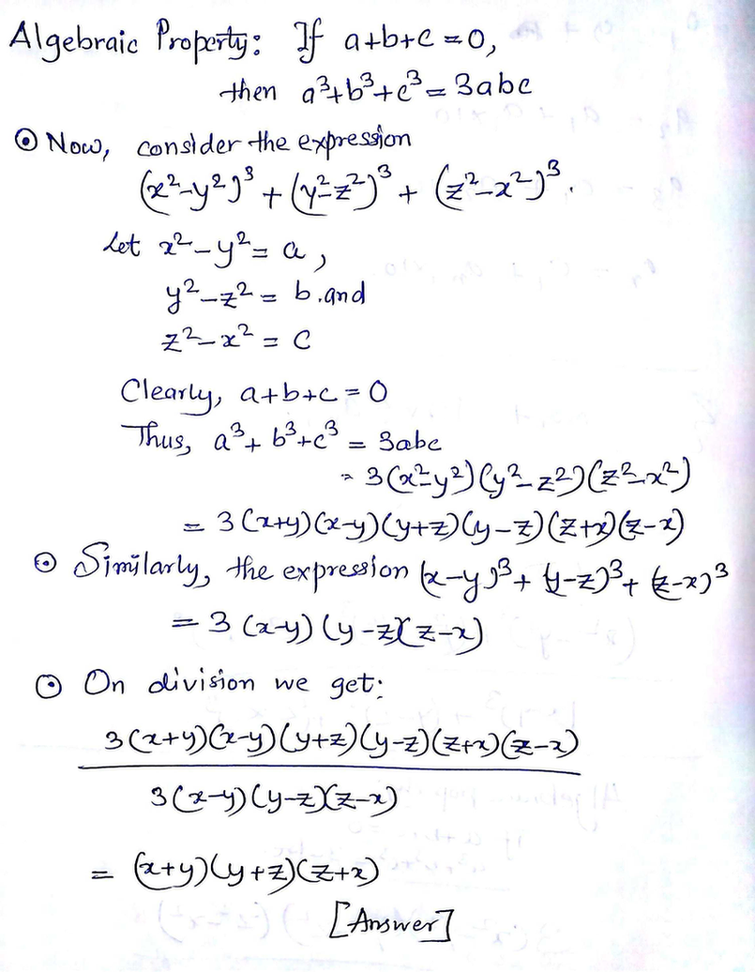



X2 Y2 3 Y2 Z2 3 Z2 X2 3 2 23 2 23 53 3 X Y Scholr




Ex 4 2 9 Show That X X2 Yz Y Y2 Zx Z Z2 Xy X Y Y Z




Please Solve The Assignment Attached Find 6 Answers Solutions Learnpick Resources



Royalsocietypublishing Org




Simplify X Y Z 2 X Y 2 Z 3 2 X 2 Y 3 Z 4 2




Solved 1 Simplify The Following Expressions Using Boolean Chegg Com



If 2 X 3 Y 6 Z Then What Is The Value Of 1 X 1 Y 1 Z Quora




Q Prove That X Y3 Y Z3 Z X3 3x Yy Zz X 2x3 Y3 Z3 3xyz Maths Polynomials Meritnation Com




Solved 8 3 Prove Algebraically The Following Identity X Yz Chegg Com



Godel S Modal Ontological Argument Scott S Variant Download Scientific Diagram



0 件のコメント:
コメントを投稿